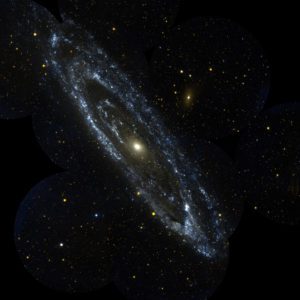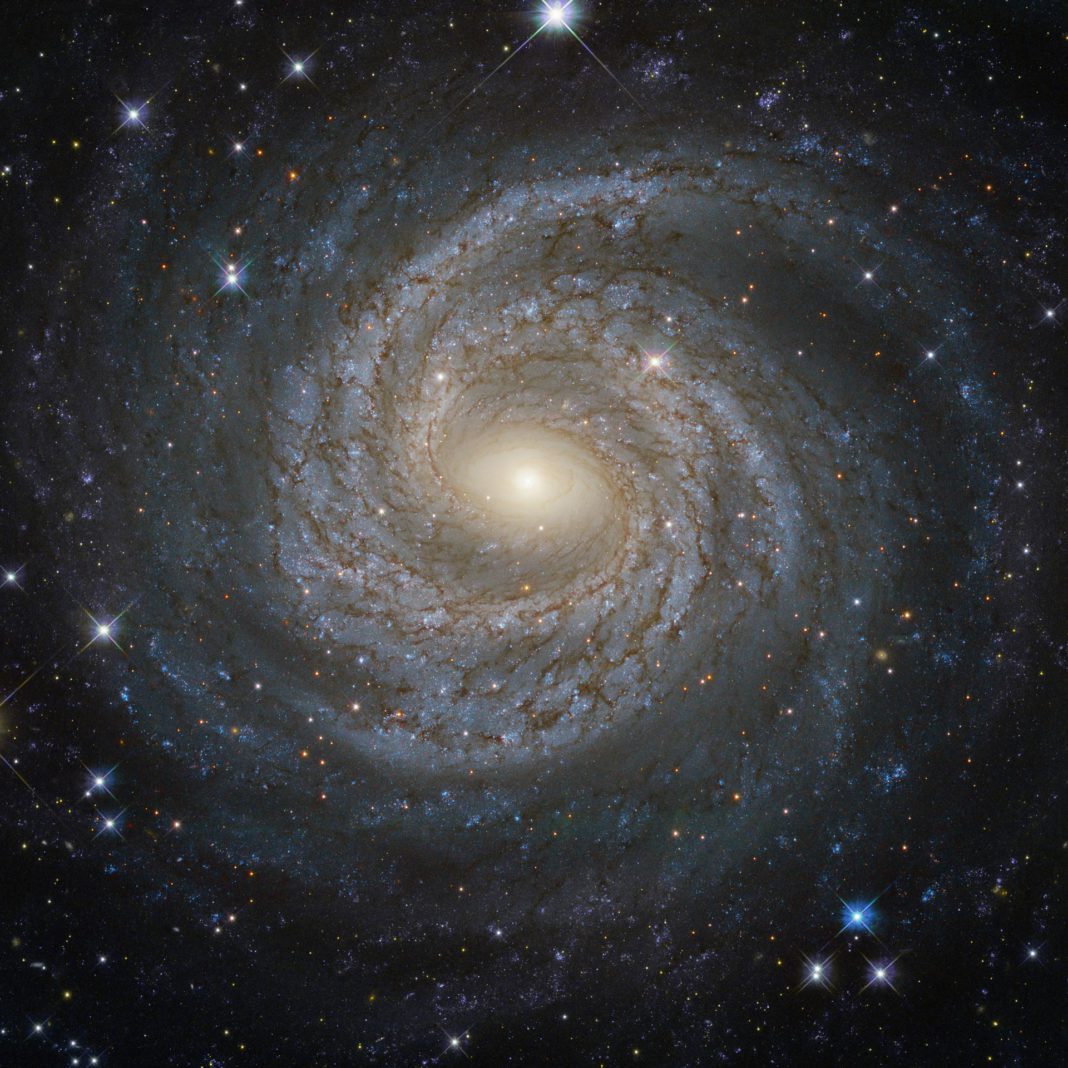Academics from Durham University have helped to carry out the world’s largest ever survey project of the visible universe. The Pan-STARS1 Surveys, which have mapped billions of galaxies and stars, have now been released to the public. Scientists say these surveys should result in new discoveries about the universe.
Astronomers and cosmologists, including researchers from Durham, used a 1.8-metre telescope, located on a mountain peak on the island of Maui, Hawaii, to repeatedly capture images of the night sky. They managed to snap three quarters of it over a four-year period.


The data collected by the Pan-STARS1 Surveys come from 3 billion separate sources. The data include images of stars, galaxies and other space objects.
This huge collection of information clocks in at two petabytes – the equivalent of 1 billion selfies or 100 times the total contents of Wikipedia.


Hosted by the University of Hawaii, the Pan-STARS project has seen academics from Durham University, Edinburgh University and Queen’s University Belfast working together. The project is supported by NASA and the National Science Foundation.
Dr Nigel Metcalfe, from Durham University’s Institute of Computational Cosmology, said, “We are now seeing years of hard work come to fruition.”
“Pan-STARS was a new concept, and presented many challenges along the way, but finally we are ready to release this unique survey to astronomers everywhere.”
“It will impact on nearly all branches of astronomy from solar systems, out through our own galaxy and into the distant universe.”
Pan-STARS stands for Panoramic Survey Telescope and Rapid Response System. Part of the work of Pan-STARS has been to check for objects such as meteors and asteroids that could be in danger of striking the earth.
Professor Carlos Frenk, Director of the Institute for Computational Cosmology, said, “The Pan-STARS telescope was ahead of its time and it produced the largest and most detailed survey of the universe around us.”
“By making this huge dataset available to astronomers around the world new discoveries are inevitable. Whether they will inform us about potentially hazardous asteroids or about the origins of galaxies remains to be seen.”
The release of the data is occurring in two stages. The first batch of data, the ‘static sky’, gives “an average value for the position, brightness and colour for objects captured in the sky at individual moments in time”.
A second batch, due to be released in 2017, includes catalogues and images from each of the individual photographs the Pan-STARS telescope took of different regions of the sky.
Durham University’s participation in the research was partly funded by a grant from the Ogden Trust.


























